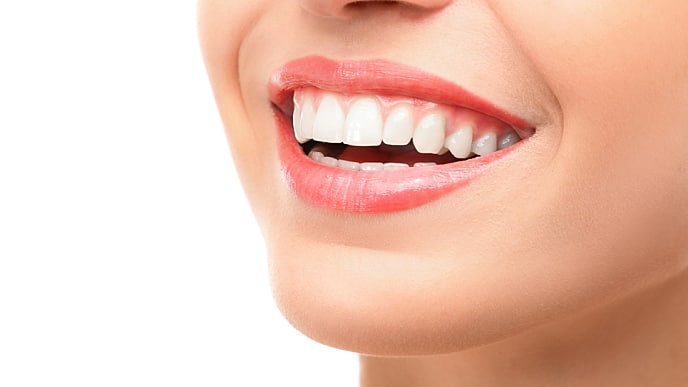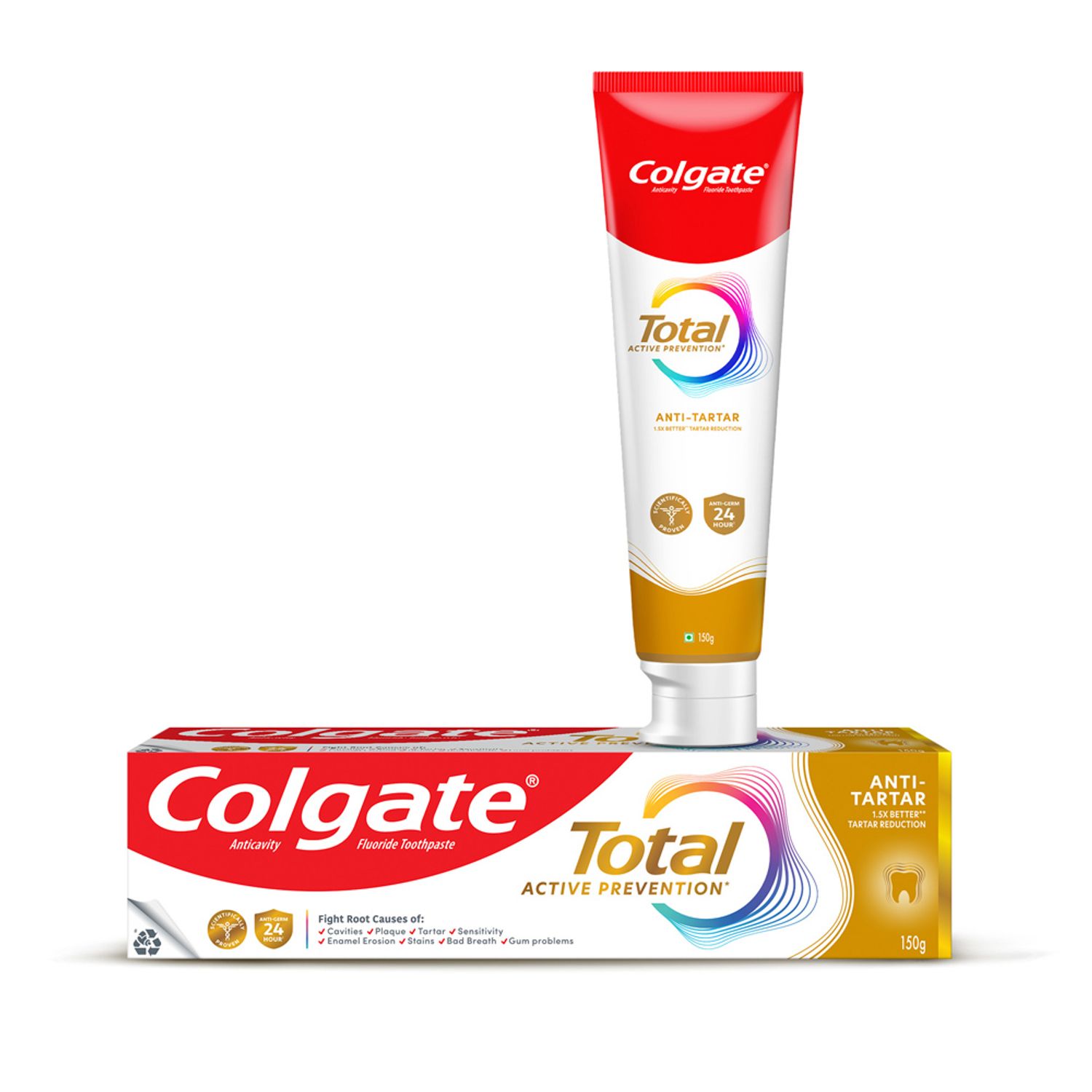-
-

TEETH WHITENING
What Is Stannous Fluoride Toothpaste?Stannous fluoride toothpaste helps prevent cavities, reduce sensitivity, fight plaque, and support daily gum and enamel health.

Selecting Dental Products
Best Toothpaste in India: Five Dentist-Recommended TypesToothpastes today are formulated to meet your every dental need and come in many flavours. Have your dental professional suggest the best toothpaste in India.
-
Science & Innovation
- ORAL HEALTH CHECK
- PRODUCT MATCH
- Colgate® | Toothpaste, Toothbrushes & Oral Care Resources
- Oral Health
- Bridges & Crowns
- Tell Me More About Dental Crowns


There are millions of people across the United States and globally who have had a dental crown to replace a missing tooth or strengthen a weakened tooth. A dental crown is a dental material that is applied over the crown of the tooth to provide it with protection and support.
Types of Dental Crown Materials
There are four different types of materials used for dental crowns:
All ceramic (porcelain-based).
Porcelain fused to metal.
Gold alloys.
Base metal alloys.
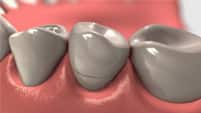
All ceramic crowns are a porcelain-based filling material and recommended for restoring front teeth due to color blending with the natural teeth. The dentist or prosthodontist may need to remove more tooth structure to attach the porcelain to the tooth; however, the material may be brittle under heavy biting and can be highly resistant to wear.
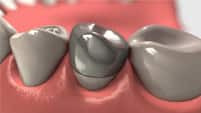
Porcelain fused to metal is connected to the outside of a metal structure to provide strength to the teeth as well as provide a good seal to prevent leakage and decrease recurrent dental decay. When porcelain is fused to metal, it provides a stronger restoration than porcelain alone. The dentist or prosthodontist will remove a moderate amount of tooth structure, but it is very durable and strong.
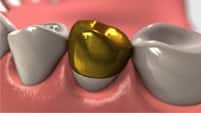
Gold alloys are comprised of gold, copper and other metals and provide a strong material to adhere to the tooth structure. Gold alloy is resistant to wear and fracture and does not wear away the teeth it comes in contact with. This material is highly biocompatible with the gum tissue.
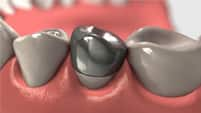
Base metal alloys contain non-noble metals which provide great strength to the crown and tooth and provide high resistance to corrosion. When preparing the tooth using base metal alloys, the dentist or prosthodontist would remove the least amount of healthy tooth structure. This material is resistant to wear and gentle to opposing teeth.
New Technology to Provide Dental Crowns
The CAD/CAM technology which means computer-aided design and manufacturing technology. This technology is used to assist dentists and dental lab technicians in fabricating precise shapes and sizes for dental restorations that include inlays and onlays, crowns and bridges. The 3-D image of your teeth and gums allows the dentist or prosthodontist to draw the precise design of the tooth restoration or crown. The technology is expensive and not all dentists may have it in their practices. However, CAD/CAM technology provides shorter appointments and the technology is state-of-the-art.
Why Would I Need a Dental Crown?
The dentist would determine if any of the following factors have occurred in a patient’s mouth to recommend a dental crown during their dental appoint: a tooth has been broken, a tooth has been worn down and has weakened enamel structure, a tooth is missing and a dental bridge has been recommend, a root canal has been completed and a dental crown is necessary to cover the tooth, to improve the cosmetic appearance of a tooth,and it would be needed to cover a dental implant.
What are the Next Steps?
If your dentist has recommended a dental crown to you, talk to them about the dental materials that they would like to use to place the dental crown. Then ask them how long the dental crown procedure will take and the things you need to do to make the appointments go very successfully.
2010 Colgate-Palmolive Company
This article is intended to promote understanding of and knowledge about general oral health topics. It is not intended to be a substitute for professional advice, diagnosis or treatment. Always seek the advice of your dentist or other qualified healthcare provider with any questions you may have regarding a medical condition or treatment.
ORAL HEALTH QUIZ
What's behind your smile?
Take our Oral Health assessment to get the most from your oral care routine
2.3 billion
people worldwide suffer from tooth decay
ORAL HEALTH QUIZ
What's behind your smile?
Take our Oral Health assessment to get the most from your oral care routine
2.3 billion
people worldwide suffer from tooth decay
Related Products

Helping dental professionals
More professionals across the world trust Colgate. Find resources, products, and information to give your patients a healthier future






